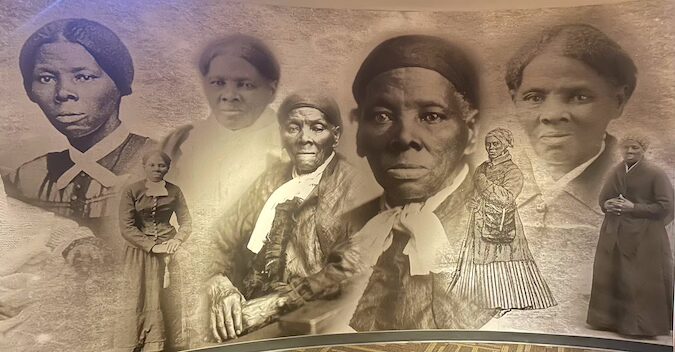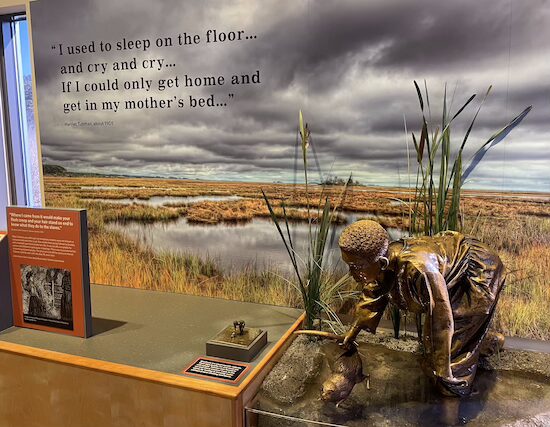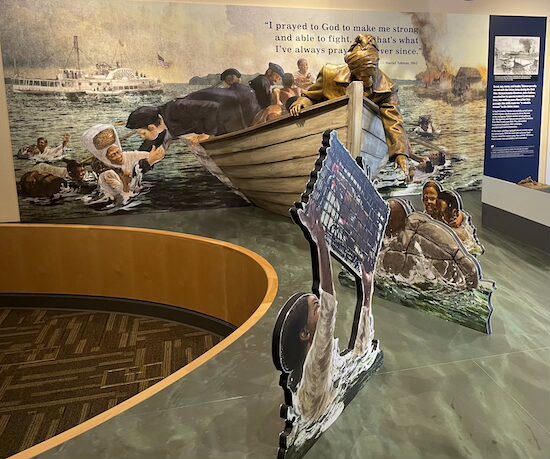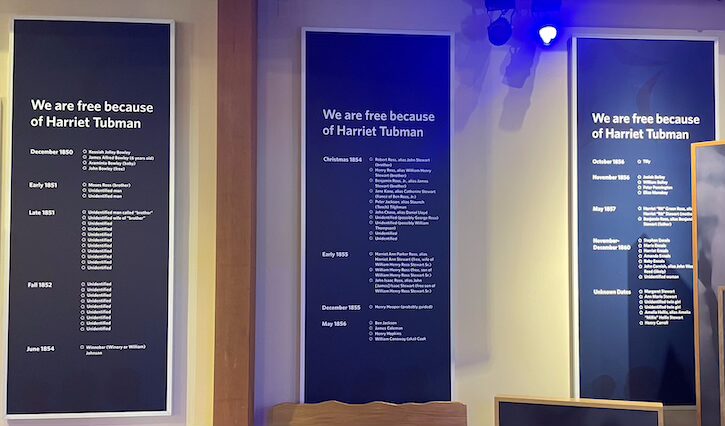Mark’s Score 10.0

I grew up in the sixties. I went through 12 years of education without ever hearing the name Harriet Tubman. In fact, the first time I heard her name was when the USPS created a stamp in her honor in 1978. I perhaps should be ashamed to admit that I never really bothered to learn much about her, beyond knowing she was an abolitionist, until I moved to Maryland in the 2010s. I learned her story while visiting the Underground Railroad Historical Park in Church Creek.
Harriett Tubman was indeed a famous abolitionist. She was also born a slave here in Dorchester County. When she was 27-years old she escaped slavery, following the underground railroad to Philadelphia and eventually upstate New York. At great personal risk, over the next 12 years Harriett returned to Dorchester many times, helping about 70 people escape slavery.

The Underground Historical Park Visitor’s Center is located approximately at the beginning of the Harriet Tubman Underground Railroad. The park’s genesis was President Obama’s 2013 proclamation declaring the land where Tubman was born, lived. and worked as a national monument. The following year he authorized the creation of the Harriett Tubman Underground Railroad National Historic Park. The visitor’s center sits on a 17-acre state park of the same name. The visitor’s center is jointly run by both the State of Maryland and the National Park Service.

I first visited the historic park back in 2017, at the time I was still essentially ignorant about Tubman’s story. To be honest I wasn’t even planning on visiting the center, I missed the left turn to Blackwater and mistook the historic park visitor center as the Blackwater Wildlife Refuge visitor center. But once I parked my car and walked in, I was committed so why not have a go?
As soon as you walk in, they have a video room where you can watch a video about Tubman’s life. It is an excellent video and it does provide context for the rest of the exhibit, but I have to say it was not my favorite part of the experience. Once you finish watching the video you follow the hallway to a series of dioramas highlighting various events in Tubman’s life.

Whoever designed these exhibits was brilliant, the combination of dioramas, written text, and voice overs is an emersion into her life, her work, her pain, and her determination. I was particularly moved by the wall that listed the names of the people she directly lifted from slavery. It is a simple, but effective way to demonstrate her impact. The whole exhibit is designed to make her story personal and moving, and it is dramatically effective. But the element that brings it altogether is the haunting black spiritual music playing in the background.
I am not an emotional man, but I walk out of that exhibit misty eyed, every time, and whenever I have out-of-town guests, this is a must see part of my personal Delmarva Tour.

Leave a Reply